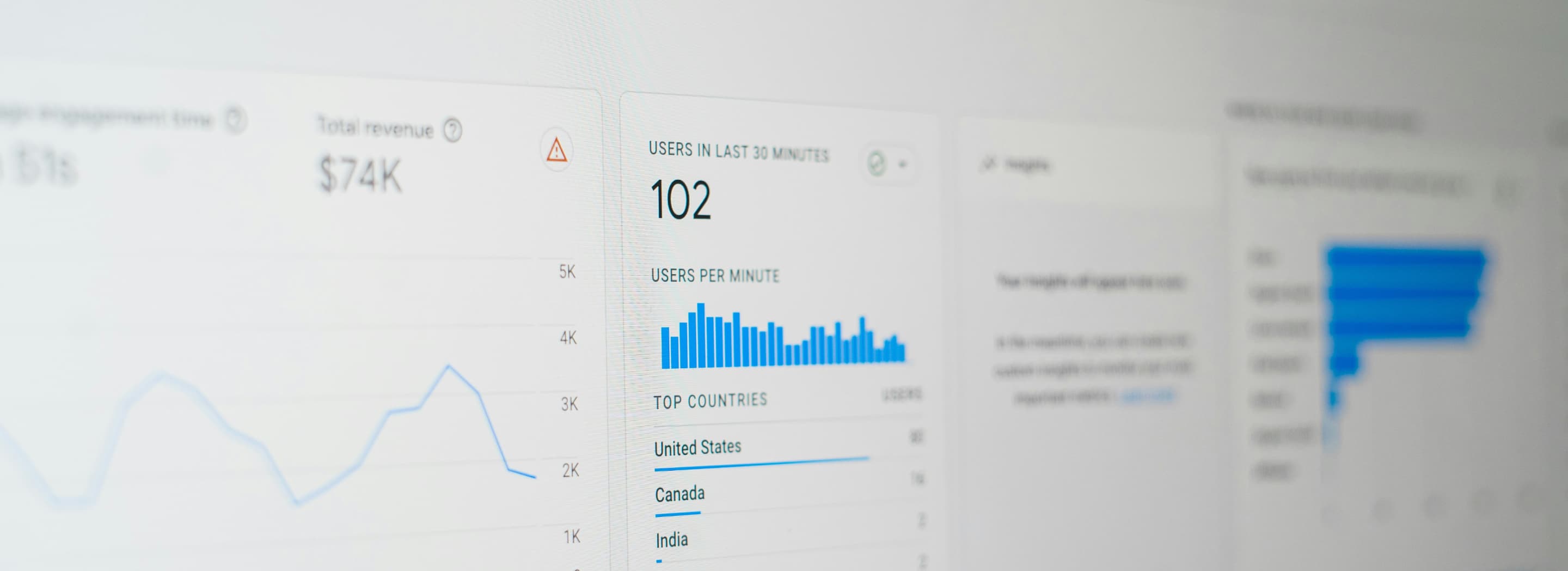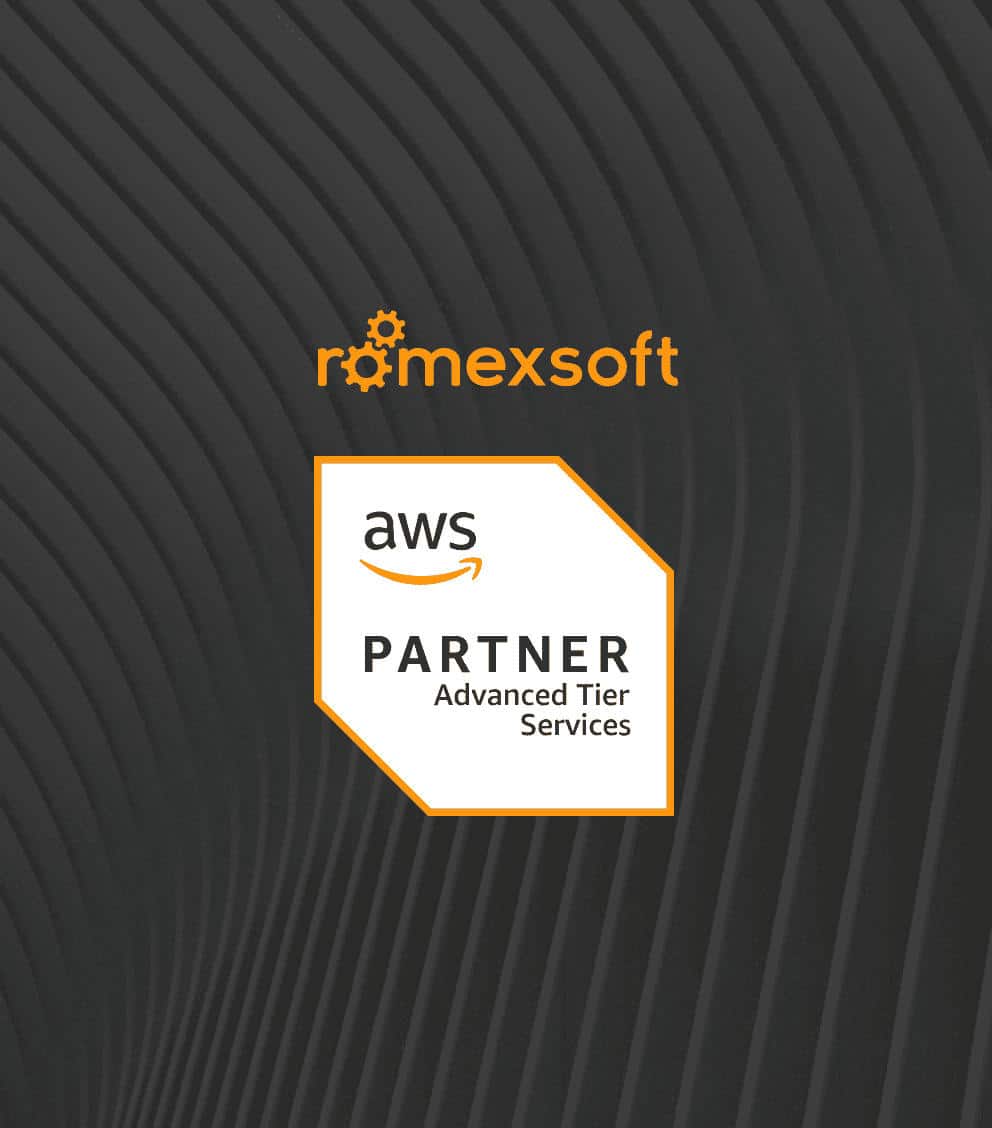Expertise In
- Software Architecture
- Application Modernization
- SaaS Development
- SaaS DevOps
- Application Observability
- HIPAA Compliance
Due to his leadership skills and dedication to the success of the fintech projects he was involved in, he soon became a senior business analyst.
In this role, he elicits and documents requirements for complex BFSI projects, as well as plans and oversees their delivery, ensuring they adhere to timelines, budgets, and quality standards.
Author’s Top Article

We created this article to talk about:
- What benefits every SaaS company should expect from App Modernization?
- How to align an Application Modernization Strategy with business goals?
- How to Modernize SaaS Apps and Platforms they are run on?
- How to build a real-world App Modernization Roadmap?
Author’s All Publications

Developing large-scale systems brings its own challenges – from defining the stages of development to implementing scalability and global content delivery. With the right framework, architecture, and development approach, enterprises can overcome these obstacles and build resilient, user-centric solutions.
The guide provides insights into:
- Key pillars of successful enterprise web app development
- Cost factors influencing enterprise web projects
- Choosing the right tech stack, framework, lifecycle model, and development process
- Security best practices and modern authentication methods

Big data is no longer just a tool for record-keeping in the insurance industry as it has become a strategic force enabling fraud prevention, faster claims, and personalized pricing. Yet adopting these capabilities isn’t without challenges, whether it’s navigating compliance requirements or controlling costs. With the right cloud-native approach, however, insurers can overcome these hurdles. This article shares how insurers can partner with a company such as Romexsoft to transform data into measurable business outcomes.
The blog gives an overview of:
- Evolution of data usage in insurance
- Benefits of big data analytics for insurers
- Core challenges of adoption
- Practical use cases with AWS examples
- Strategic approaches to overcome adoption barriers.

With users expecting pages to load within 2 seconds, the challenge for developers is to build efficient web apps and to ensure they scale effectively. Scalability, in this context, refers to an application’s ability to handle an increase in users without compromising on performance.
Our article delves deep into the intricacies of scalability, highlighting:
- the importance of response time
- the difference between vertical and horizontal scaling
- the role of databases in ensuring optimal performance
- guide on how to build a scalable web app
- insights into best practices and potential pitfalls.

Teams ranging from DevOps to IT operations now face the increasingly common challenges of backup audit failures, slow ransomware recovery, and rising cloud storage bills. CTOs and engineering leads often have to deal with complicated SLAs, multi-cloud sprawl, and automation blind spots, but they still lack the confidence to say that their systems will recover when required.
This article guides you through the mechanisms of designing a backup system for IT infrastructure and business data, using immutability, orchestration, and smart cost control to create a defense that stands up to both attackers and auditors.
The blog focuses on:
- Why cloud backups are essential
- Challenges in cloud data protection
- Practices for resilient and cost-effective backups
- Reference architectures for cloud and hybrid setups
- Implementation checklist for cloud backup strategies

This article explains the benefits of using big data analytics in banking, as well as the challenges associated with implementing these solutions, and provides real-life examples. We will also examine the impact that politics in various regions have on the adoption of analytic tools and cloud-based technologies in the fintech sector.
The blog gives an overview of:
- the importance of big data analytics
- challenges of implementing big data in banking
- key use cases of big data and analytics in fintech
- regional outlook for the use of big data in banking
- how Romexsoft supports banks with big data

This article explains how to ensure the security of a data lake and why it’s essential to incorporate it from the planning stage onward. As threats continue to evolve, your security must be able to cope with the rising challenges, which will require thorough planning, solid foundations, and effective monitoring, auditing, and alert processes.
The blog gives an overview of:
- what a data lake is and why its security matters
- core data lake security domains
- the technical and compliance challenges in securing a data lake
- comparison of SDL and SIEM
- architecture-level and operational best practices for securing data lakes on AWS

From this article, you’ll learn about the importance of a strategic approach to cloud transformation for keeping your system resilient and scalable as it grows with your business. We will cover the key differences between migration and transformation in the cloud, discuss the challenges you will face during these changes, provide real-life examples of how to resolve them, and share a five-phase transformation strategy.
The article covers:
- why having a transformation strategy matters
- migration vs transformation differences
- core modernization & transformation challenges
- real‑world success stories
- five‑phase transformation strategy
- transformation readiness self‑check questions

To ensure public cloud security, you must use a multi-layered approach that covers your system from every angle. This article explains how to do this step-by-step in the shared responsibility model context of public cloud. It also describes best security practices and lists AWS-native and third-party tools needed to strengthen defenses, increase visibility, and automate security in the public cloud. Finally, it explains threats you can face in the public cloud and how to evaluate if you need to upgrade your current security setup.
The blog gives an overview of:
- public cloud security mindset shift
- seven‑step security automation roadmap
- post‑migration threats
- public cloud security best practices
- key AWS security tools
- quick maturity self‑assessment
